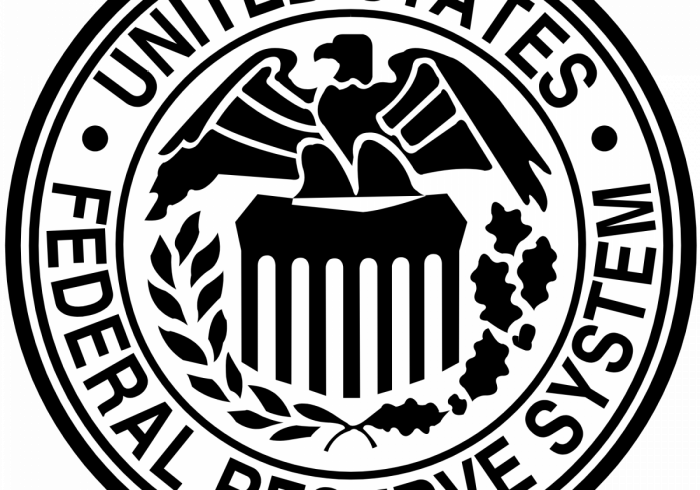I am pleased to attend this Fed Listens event providing a New England perspective for the Federal Reserve’s review of our monetary policy strategy, tools, and communication practices.1 We are bringing open minds to our review and are seeking a broad range of perspectives. To us, it simply seems like good institutional practice to engage with a wide range of interested individuals and groups as part of a comprehensive approach to enhanced transparency and accountability.2
Motivation for the Review
The Congress charged the Federal Reserve with achieving a dual mandate—maximum employment and price stability—and this review will take this mandate as given. We will also take as given that a 2 percent rate of inflation in the price index for personal consumption expenditures is the operational goal most consistent with our price-stability mandate. While we believe that our existing strategy, tools, and communications practices have generally served the public well, we are eager to evaluate ways they might be improved. That said, based on the experience of other central banks that have undertaken similar reviews, our review is more likely to produce evolution, not a revolution, in the way we conduct monetary policy.

With the U.S. economy operating at or close to our maximum-employment and price-stability goals, now is an especially opportune time for this review. The unemployment rate is at a 50-year low, and inflation is running close to our 2 percent objective. We want to ensure that we continue to meet our statutory goals in coming years. In addition, we will evaluate the new policy tools and enhanced communication practices the Federal Reserve deployed in response to the Global Financial Crisis and the Great Recession. Furthermore, the U.S. and foreign economies have evolved significantly since before the crisis.
Perhaps most importantly, neutral interest rates appear to have fallen in the United States and abroad.3 This global decline in neutral rates is widely expected to persist for years and likely reflects several factors, including aging populations, changes in risk-taking behavior, and a slowdown in technology growth. These factors’ contributions are highly uncertain, but, irrespective of their precise role, the policy implications of the decline in neutral rates are important. All else being equal, a fall in neutral rates increases the likelihood that a central bank’s policy rate will reach its effective lower bound in future economic downturns. That development, in turn, could make it more difficult during downturns for monetary policy to support household spending, business investment, and employment and keep inflation from falling too low.4
Another key development in recent decades is that inflation appears less responsive to resource slack, implying a change in the dynamic relationship between inflation and employment.5 This change is, in a sense, a proverbial double-edged sword. It permits the Federal Reserve to support employment more aggressively during downturns—as was the case during and after the Great Recession—because a sustained inflation breakout is less likely when inflation is less responsive to employment conditions.6 However, that dynamic also increases the cost, in terms of economic output, of reversing unwelcome increases in longer-run inflation expectations. Thus, it is all the more important that longer-run inflation expectations remain anchored at levels consistent with our 2 percent inflation objective.7
Activities and Timeline for the Review
Our monetary policy review will have several components.8 The Board and the Reserve Banks are hosting Fed Listens events—such as this one in Boston—in which we are hearing from, among others, business and labor leaders, community development advocates, and academics. Next month, we are holding a System research conference at the Federal Reserve Bank of Chicago, with speakers and panelists from outside the Fed. The program includes overviews by academic experts of themes that are central to the review.
Building on the perspectives we hear and on staff analysis, the Federal Open Market Committee will perform its own assessment of how it conducts monetary policy, beginning around the middle of the year. We expect to make our conclusions public in the first half of 2020.
Concluding Thoughts
The economy is constantly evolving, bringing with it new policy challenges. So it makes sense for us to remain open minded as we assess current practices and consider ideas that could potentially enhance our ability to deliver on the goals the Congress has assigned us. For this reason, my colleagues and I do not want to preempt or to predict our ultimate finding. What I can say is that any changes to our conduct of monetary policy that we might make will be aimed solely at improving our ability to achieve and sustain our dual-mandate objectives in the world we live in today.












